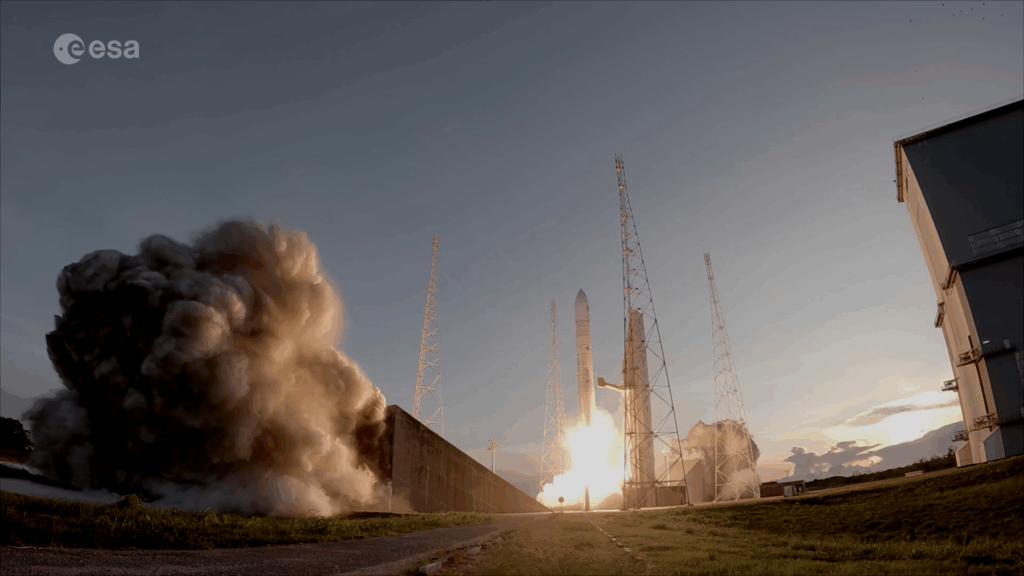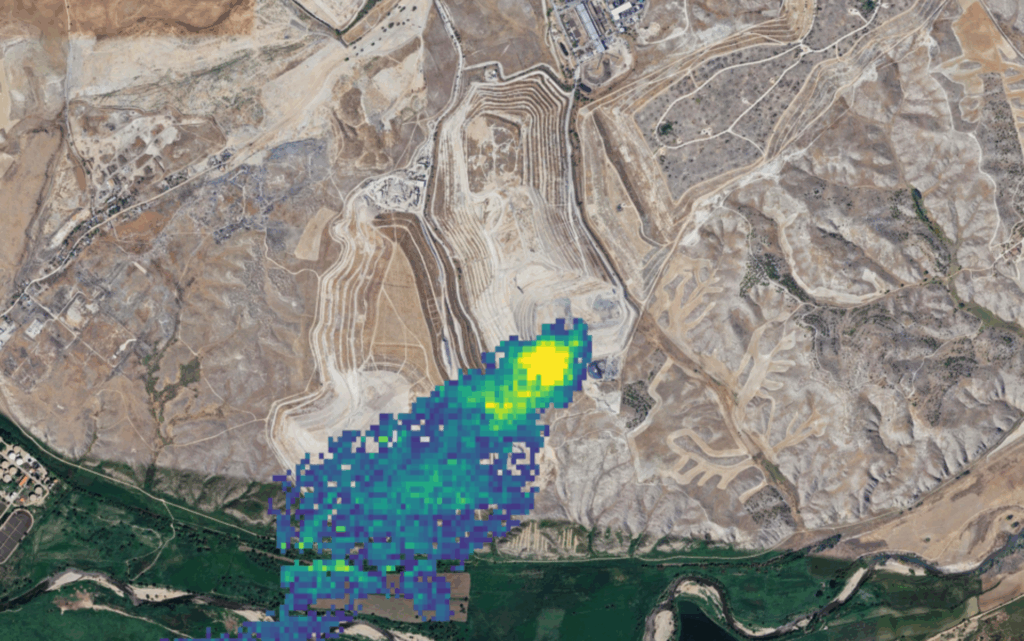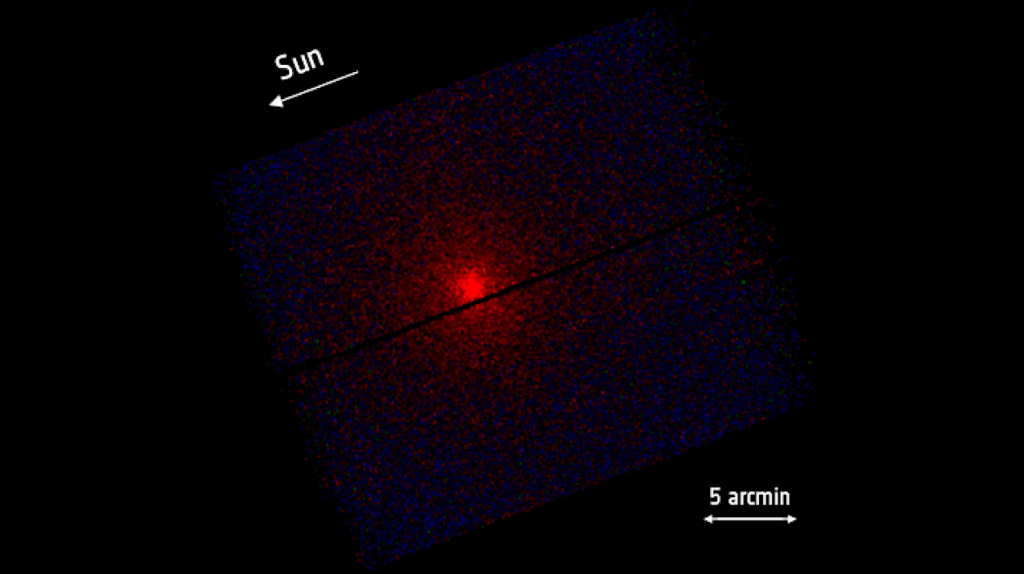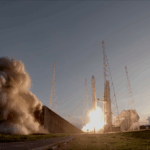Now Reading: Space Rider’s smart ALEK passes bumpy, noisy, shocking testing
-
01
Space Rider’s smart ALEK passes bumpy, noisy, shocking testing
Space Rider’s smart ALEK passes bumpy, noisy, shocking testing


10/04/2025
1220 views
29 likes
A part of the orbital module for the European Space Agency’s reuseable spacecraft Space Rider has finished its mechanical tests at the Agency’s technical heart in The Netherlands.
A spacecraft in many parts
Space Rider is a versatile reuseable spacecraft about the size of two minivans that allows for all kinds of missions, from pharmaceutical research to visiting orbital platforms and more. After missions that can last up to three months, Space Rider returns to Earth, and precision-lands on skids after a paraglider descent.
While in orbit Space Rider relies on a Vega-C rocket fourth stage called AVUM+ (Attitude Vernier Upper Module) with a new element built by Beyond Gravity for Avio, called ALEK (AVUM Life Extension Kit). The rocket fourth stage provides propulsion to move and orient the spacecraft and the ALEK provides electricity and other services needed for the orbital life of the vehicle with two solar panel wings. Together these elements make up the expendable orbital module that separates from the Space Rider reentry module before its return to Earth.
Shaken, subjected to sound and shocked
ALEK’s structure spent two months at ESA’s testing facility being put through the full range of mechanical tests and stresses it will experience when launched on a Vega-C rocket.
The test routine started on the shaker with the ALEK being moved sideways to reenact the vibrations it will endure on launch. Then it was moved to another shaker and pulsed up and down to check vertical vibrations. Over 120 sensors recorded the accelerations with Avio and ESA technicians monitoring the results.
Once shaken, the ALEK was moved to the largest acoustic chamber in Europe, capable of reproducing the deafening roar of a rocket launch. Here the loudspeakers were turned up to the max and the structure held its own while being bombarded with loud rumbles and noise.
ALEK’s last challenge was a shock test, checking the service module would hold it together when it separates from the Vega-C rocket that propels it to orbit. For this test, Alek was placed on top of a model of the fourth stage of Vega-C, equipped to simulate some of the shocks that are generated by the rocket on ascent, verifying how the shocks are transferred through the structure. The shock test was performed in the same acoustic chamber.
Qualified for launch
The ALEK passed all these tests with ease, qualifying the structure for launch. More tests are planned for Space Rider, with the orbital module’s avionics software being simulated next at Colleferro, Italy.
Later this year, a model of the Space Rider reentry module will simulate the last part of returning to Earth – a full-size model will be dropped from a helicopter, and it will deploy its paraglider and steer itself to a precise and safe landing.
Stay Informed With the Latest & Most Important News
Previous Post
Next Post
-
 012024 in Review: Highlights from NASA in Silicon Valley
012024 in Review: Highlights from NASA in Silicon Valley -
 02Panasonic Leica Summilux DG 15mm f/1.7 ASPH review
02Panasonic Leica Summilux DG 15mm f/1.7 ASPH review -
 03From Polymerization-Enabled Folding and Assembly to Chemical Evolution: Key Processes for Emergence of Functional Polymers in the Origin of Life
03From Polymerization-Enabled Folding and Assembly to Chemical Evolution: Key Processes for Emergence of Functional Polymers in the Origin of Life -
 04How New NASA, India Earth Satellite NISAR Will See Earth
04How New NASA, India Earth Satellite NISAR Will See Earth -
 05And Thus Begins A New Year For Life On Earth
05And Thus Begins A New Year For Life On Earth -
 06Astronomy Activation Ambassadors: A New Era
06Astronomy Activation Ambassadors: A New Era -
07SpaceX launch surge helps set new global launch record in 2024




















